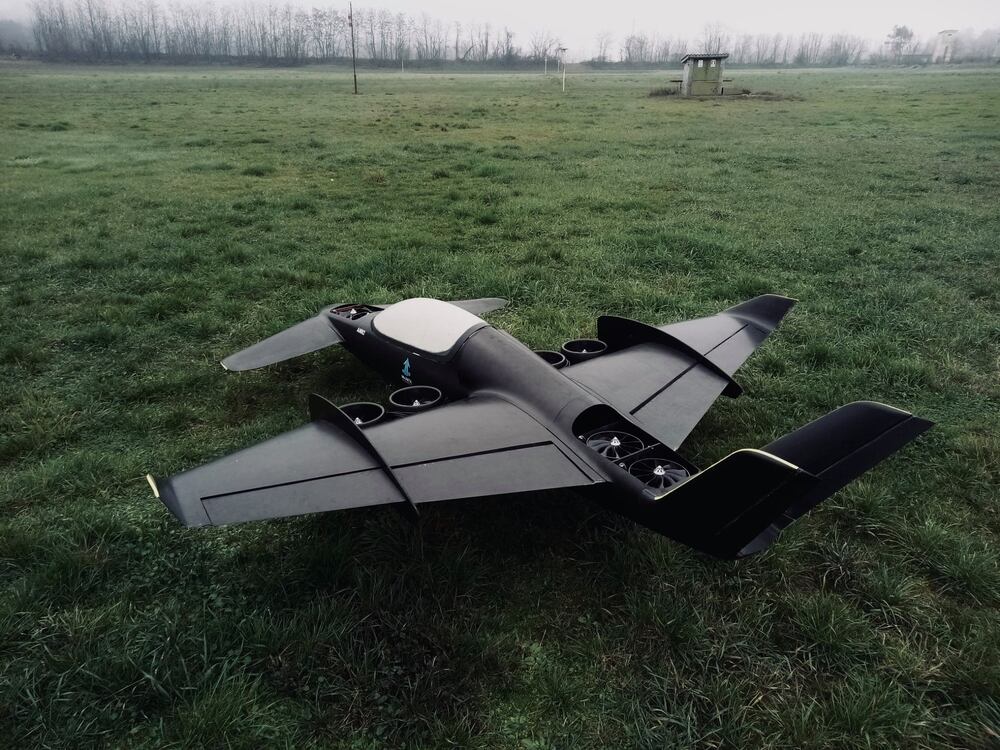Circa2016 photonic propulsion.
There’s no argument in the astronomical community—rocket-propelled spacecraft can take us only so far. The SLS will likely take us to Mars, and future rockets might be able to help us reach even more distant points in the solar system. But Voyager 1 only just left the solar system, and it was launched in 1977. The problem is clear: we cannot reach other stars with rocket fuel. We need something new.
“We will never reach even the nearest stars with our current propulsion technology in even 10 millennium,” writes Physics Professor Philip Lubin of the University of California Santa Barbara in a research paper titled A Roadmap to Interstellar Flight. “We have to radically rethink our strategy or give up our dreams of reaching the stars, or wait for technology that does not exist.”
Lubin received funding from NASA last year to study the possibility of using photonic laser thrust, a technology that does exist, as a new system to propel spacecraft to relativistic speeds, allowing them to travel farther than ever before. The project is called DEEP IN, or Directed Propulsion for Interstellar Exploration, and the technology could send a 100-kg (220-pound) probe to Mars in just three days, if research models are correct. A much heavier, crewed spacecraft could reach the red planet in a month—about a fifth of the time predicted for the SLS.







